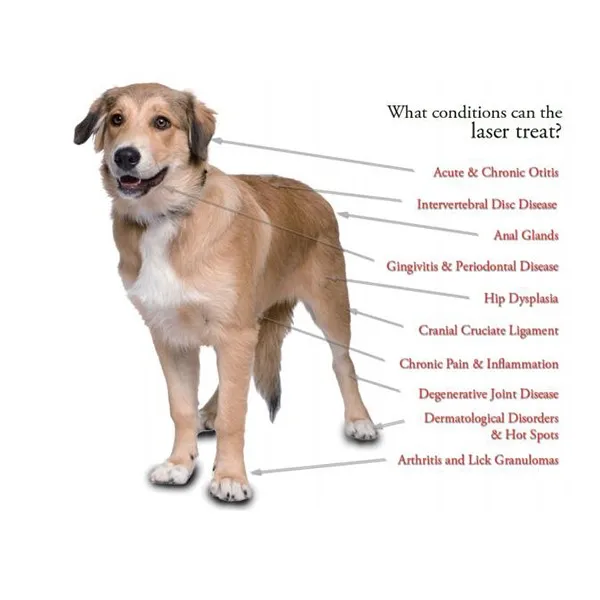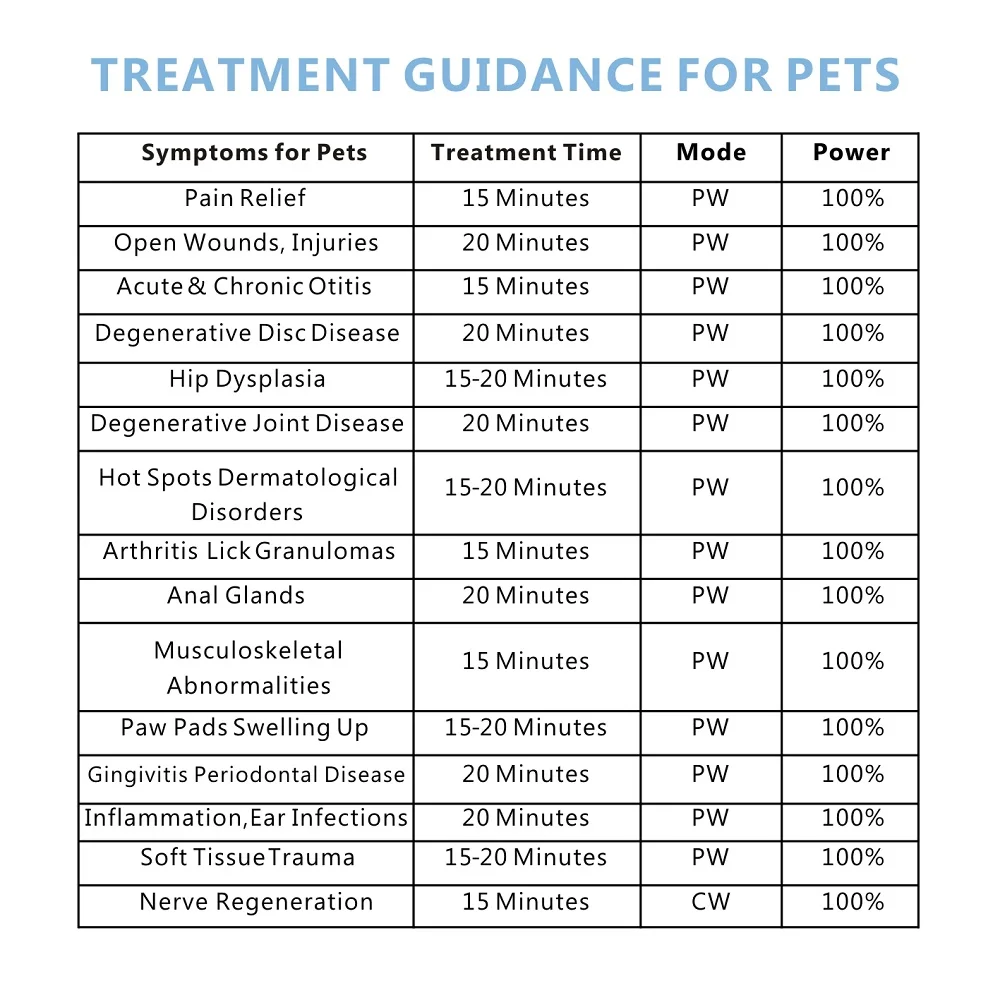Pet Scan Lights Up the Mystery: Unveiling Hidden Health Insights
In the realm of veterinary medicine, the advent of advanced imaging technologies has revolutionized the way we diagnose and treat pets. Among these innovati……
In the realm of veterinary medicine, the advent of advanced imaging technologies has revolutionized the way we diagnose and treat pets. Among these innovations, the positron emission tomography (PET) scan stands out as a beacon of hope for pet owners and veterinarians alike. This sophisticated imaging modality not only sheds light on the intricacies of pet health but also illuminates pathways to early detection and effective intervention.
The journey into the heart of a pet's health begins with a PET scan. Unlike traditional imaging techniques that offer a snapshot of an organ or tissue at a given moment, the PET scan provides a dynamic and comprehensive view of metabolic processes within the body. This unique capability makes it an invaluable tool for detecting early signs of disease and monitoring treatment responses.

During a PET scan, a small amount of a radioactive glucose analog is administered to the pet. This substance is absorbed by cells that are actively metabolizing, highlighting areas of increased activity. By capturing images of this metabolic activity, the PET scan paints a vivid picture of the body's inner workings, revealing both normal and abnormal processes.
One of the most significant applications of the PET scan in veterinary medicine is the early detection of cancer. Traditional imaging methods, such as X-rays and ultrasounds, often fail to detect the subtle changes associated with cancer until the disease has progressed. The PET scan, however, can detect these changes at an early stage, providing pet owners with the opportunity to intervene before the cancer spreads.

Another area where the PET scan shines is in the management of chronic diseases. Conditions such as diabetes and heart disease can be challenging to monitor and manage effectively. The PET scan offers a non-invasive means of assessing the metabolic activity associated with these conditions, allowing veterinarians to tailor treatment plans to the specific needs of each pet.
The versatility of the PET scan extends beyond the detection and management of disease. It also plays a crucial role in the study of aging and the effects of aging on the body. By analyzing the metabolic changes associated with aging, researchers can gain insights into the underlying mechanisms of age-related diseases and develop strategies for promoting healthy aging in pets.

In conclusion, the PET scan is a transformative tool in the field of veterinary medicine. Its ability to illuminate the metabolic processes within the body makes it an invaluable asset for diagnosing and managing a wide range of health conditions. As we continue to explore the capabilities of this advanced imaging technology, we can look forward to even greater advancements in the care and well-being of our beloved pets. With the PET scan shining a light on the mysteries of pet health, we are one step closer to a future where early detection and effective treatment are within our reach.